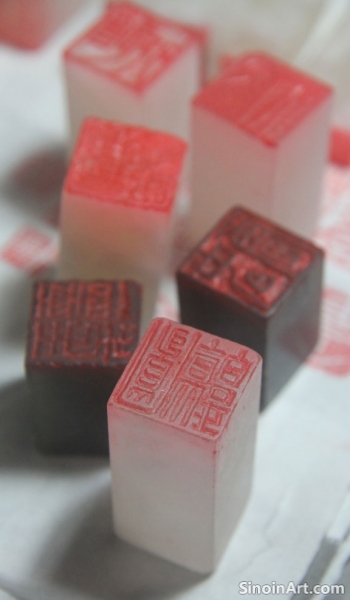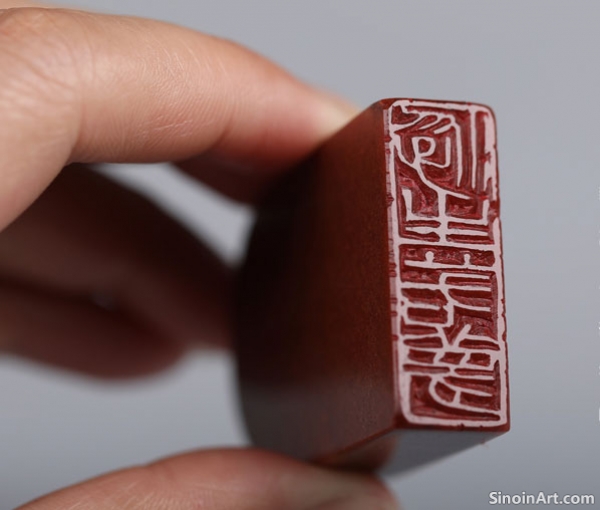The Mark of the Collector
|
Collector's seals, or shoucang yinzhang, are distinctive marks of ownership and connoisseurship used by collectors of art, books, and other valuable objects in China. These seals are more than just ownership markers; they are also expressions of personal taste, aesthetic values, and engagement with the piece being marked. The seals help to identify who has collected the object, and what they thought of its merit.  These seals are typically stamped alongside an artist's seal, a studio seal, or a personal name seal. The seal helps to signify a chain of ownership, and also adds to the overall aesthetic value of the piece. The inclusion of a collector’s seal adds to the overall history of a piece.  The design of collector's seals often reflects the owner’s personality and tastes, featuring characters or phrases that reflect their aesthetic preferences, intellectual pursuits, or collecting habits. The seal helps to convey a sense of who the collector is, and what they value.  The use of these seals is a way for collectors to leave their personal mark on history, connecting themselves to the creators of the works they cherish. The seal is a lasting mark that helps connect the collector to the object, and to the artist. Collector's seals provide a fascinating glimpse into the world of art collecting in China, highlighting the importance of provenance, personal taste, and the long-standing tradition of connoisseurship. These seals help to show the historical value of pieces, as well as conveying the taste of the collector. |
Tag : Collector's Seals, Chinese Art Provenance, Art Collector's Marks, Identifying Art Ownership, Chinese Art History
Related information
- Collecting Name Seals: Understanding Value, Rarity, and Provenance
- Collecting Leisure Seals: Understanding Artistic and Cultural Value
- Materials Used for Studio Seals: From Stone to Jade and Beyond
- The Cultural Significance of Chinese Seals: More Than a Signature
- Collecting Chinese Seals: A Guide for Enthusiasts
This article provides a guide to collecting Chinese name seals, discussing how to assess their value, understand their rarity, and research their provenance, with tips on how to avoid forgeries.
This article offers a guide to collecting leisure seals, with insights on assessing artistic value, understanding the importance of provenance, and navigating the market for these unique objects.
This article explores the diverse range of materials used in the creation of studio seals, including different types of stones, jade, and other less common materials, examining their aesthetic qualities and practical advantages.
Discover the cultural significance of Chinese seals, which extend far beyond simple signatures. Explore their historical uses, their role in art, and their symbolism within Chinese culture.
Learn about collecting Chinese seals. This guide covers key aspects like materials, carving styles, historical context, and how to start your own collection.